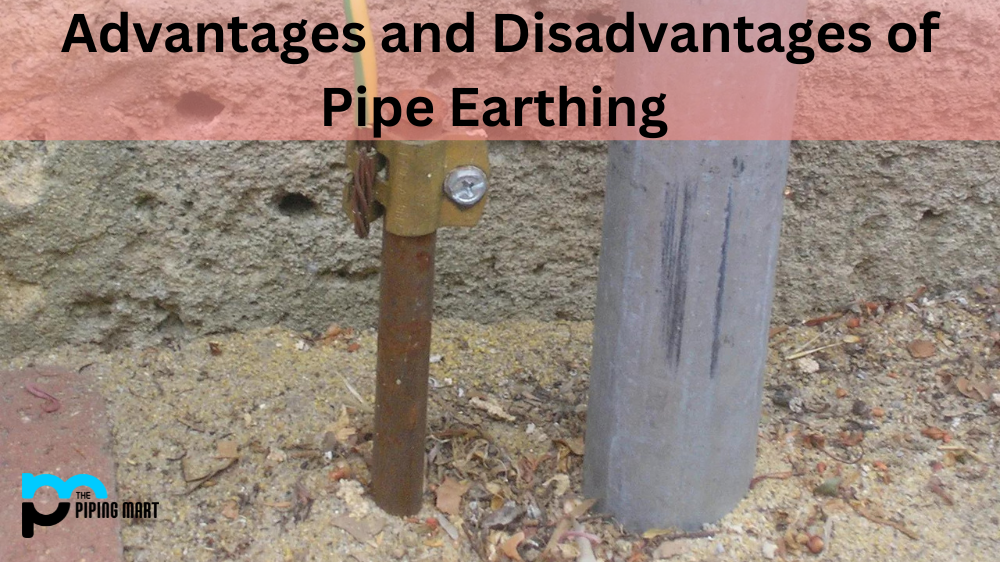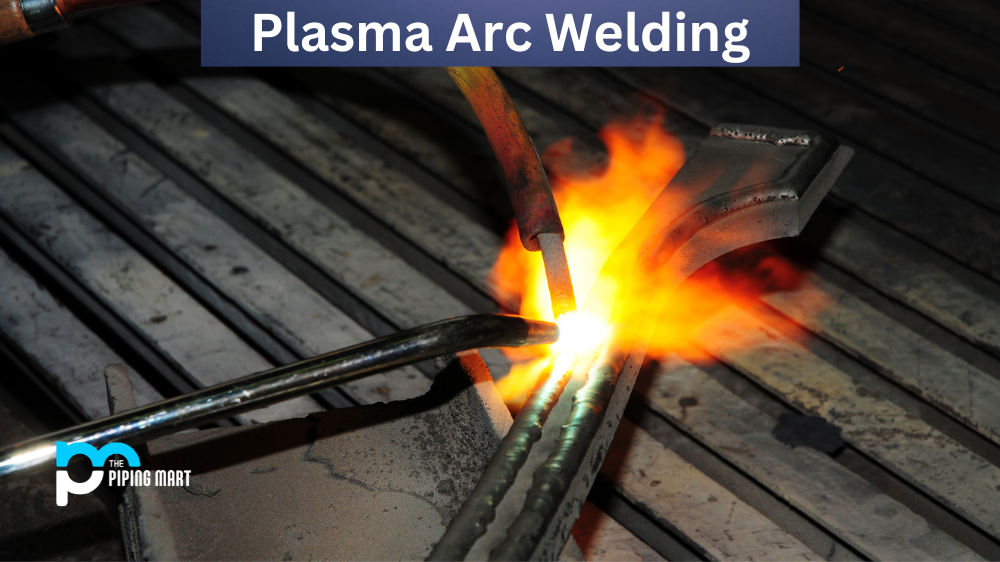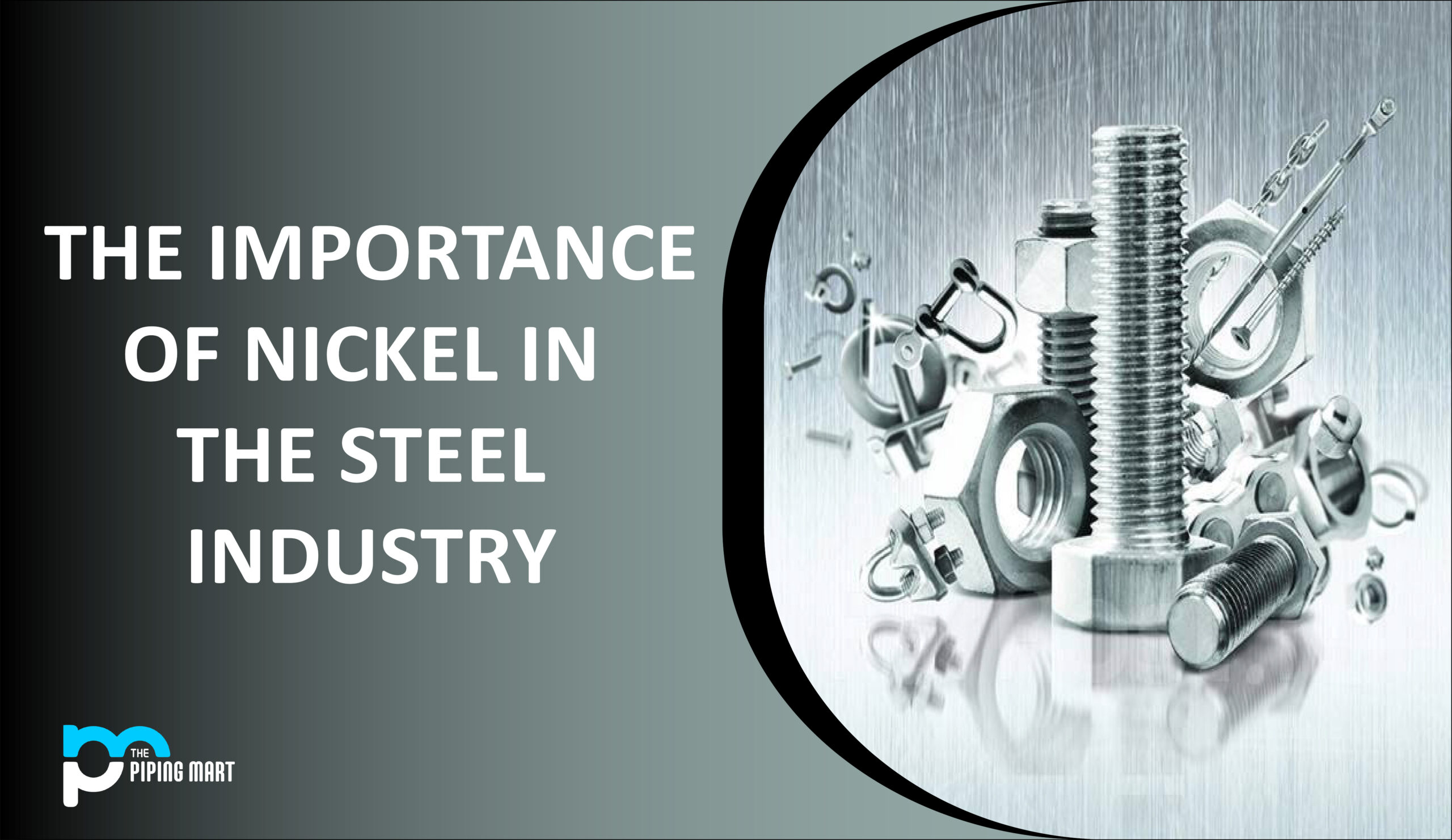Pipe earthing is a simple yet essential process that helps protect electrical systems from damage caused by lightning or a power surge. This type of earthing system is used in several different industries and can be customized to fit the specific needs of each one. In this blog post, we’ll discuss why pipe earthing is so important and how it works.
What is Pipe Earthing?
Pipe earthing involves running a metal rod into the ground, usually at least 3 meters deep, and connecting it to your electrical system with an electrical conductor. This ensures that any excess current that enters your system will be safely discharged into the ground before it reaches your equipment. It also prevents voltage spikes from occurring due to lightning or other sources of electrical overload. The pipe earthing process must be done correctly in order to provide adequate protection for your equipment.
5 Advantages of Pipe Earthing
The primary benefit of pipe earthing is that it provides an extra layer of protection for your electrical system against lightning strikes or power surges, reducing the chance of damage to any electronic components within the system. This added level of safety makes pipe earthing a smart investment, especially when dealing with sensitive electronics such as computers or medical equipment. Additionally, pipe earthing reduces energy losses and increases the efficiency of your system while ensuring that all components are properly grounded.
Reduced Risk of Electric Shock
One of the primary advantages of pipe earthing is that it reduces the risk of electric shock. Electric shock occurs when a person comes into contact with an electrically charged object, such as a live wire. This can happen if the electrical insulation around the wire is damaged, allowing the electricity to flow through the person’s body. Pipe earthing helps to reduce the risk of electric shock by providing a path for the electricity to flow into the ground rather than through a person’s body.
Reduced Risk of Fire
Pipe earthing also helps to reduce the risk of fire. Fires can start when electrical equipment or wiring becomes overloaded and starts to spark. If there is no path for the sparks to flow into the ground, they can ignite nearby combustible materials, such as wood or paper. By providing a path for the sparks to flow into the ground, pipe earthing helps to prevent fires from starting
Improved Equipment Performance
Pipe earthing can also improve the performance of electrical equipment. Electrical equipment that is not properly earthed can be damaged by electrical surges. These surges can occur when lightning strikes nearby or when power lines are switched on or off. By providing a path for the electrical surges to flow into the ground, pipe earthing helps to protect electrical equipment from damage.
Reduced Corrosion
Pipe earthing can also help to reduce corrosion. Corrosion is a process that occurs when metal objects come into contact with water or other liquids. This can cause the metal to corrode or break down over time. Pipe earthing helps to reduce corrosion by providing a path for electrons to flow into the ground rather than through the metal object. This prevents corrosion from occurring as quickly as it would without earthing.
Increased Safety
Pipe earthing also increases safety overall by providing a path for dangerous electrical currents to flow into the ground rather than through people or animals. This helps to protect people and animals from being electrocuted, which can be fatal in some cases.
5 Disadvantages of pipe earthing
Pipe earthing is a popular method for grounding systems, but it also has some potential disadvantages. One of the most serious concerns is that the pipes can corrode over time, leading to a decrease in their electrical conductivity. This can result in problems ranging from erratic circuit operation to an increased risk of electric shock hazards. In addition, depending on the surface and soil surrounding the pipe, there may be an increased risk of stray current contamination. In cold weather climates, ice can block the pipe, which reduces its effectiveness and can potentially lead to system failures. Lastly, pipe earthing may require frequent maintenance due to displacement caused by seasonal changes in ground levels which could increase costs over time.
Cost
One of the primary disadvantages of pipe earthing is the cost. Pipe earthing systems can be quite expensive to install, especially when compared to other earthing systems, such as rod earthing.
Maintenance
Another disadvantage of pipe earthing is the maintenance required. Pipe earthing systems need to be regularly inspected and maintained in order to ensure they are functioning properly. This can add to the overall cost of owning a pipe earthing system.
Corrosion
Pipe earthing systems are also susceptible to corrosion, which can reduce their effectiveness over time. Corrosion can occur due to a number of factors, including exposure to moisture or chemicals.
Limited Depth
Pipe earthing systems are typically only effective at depths of up to 2 meters. This means that they may not be suitable for all applications.
Installation Difficulty
Another disadvantage of pipe earthing is the difficulty of installation. Pipe earthing systems need to be installed by qualified professionals in order to ensure they are installed correctly and will function properly.
How Does Pipe Earthing Work?
When a lightning strike or power surge occurs, there will be an excessive amount of current flowing through the area from which the surge originated from. If this current doesn’t have anywhere else to go, it could potentially cause serious damage to any electronic devices in its path. However, with pipe earthing installed, this excess current will travel through the metal rod into the ground instead, thereby protecting any nearby electronic components from harm’s way.
Conclusion:
In conclusion, pipe earthing provides essential protection for your electrical system against lightning strikes and power surges by providing an alternate route for excess currents to travel through instead of damaging any nearby electronic components. Not only does this help prevent costly repairs due to damaged equipment, but it also increases efficiency and reduces energy losses throughout the entire system as well. For these reasons and more, pipe earthing should always be considered when looking to keep your electrical systems safe and secure from outside threats like lightning strikes or power surges.

Abhishek is a seasoned blogger and industry expert, sharing his insights and knowledge on various topics. With his research, Abhishek offers valuable insights and tips for professionals and enthusiasts. Follow him for expert advice on the latest trends and developments in the metal industry.




